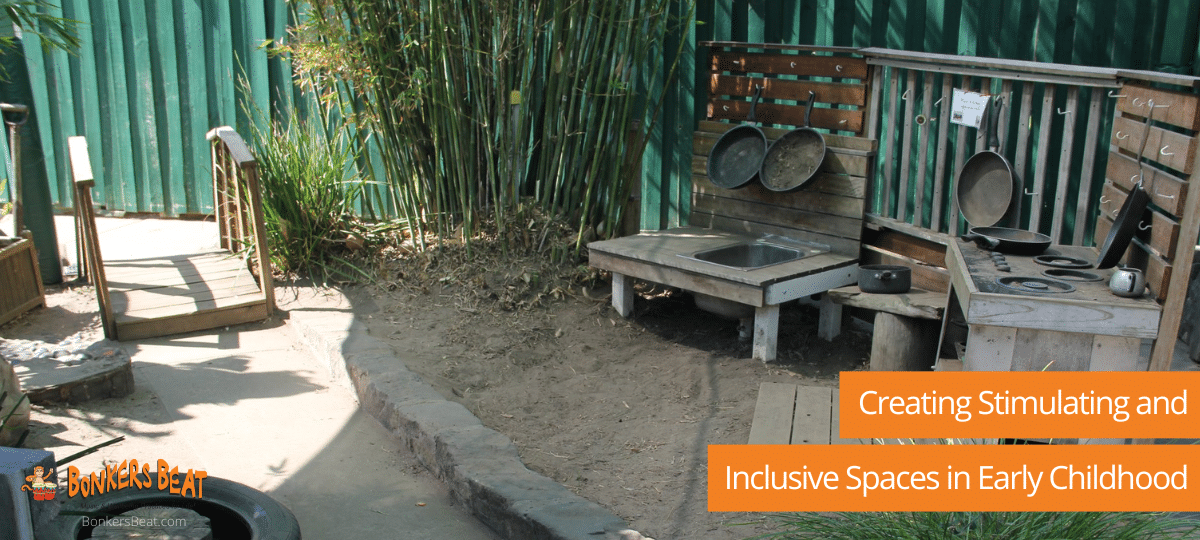Creating an engaging, inclusive classroom environment can go a long way towards enhancing the early childhood education experience for children.
Managers, directors and educators can play a crucial role in designing spaces that not only stimulate young minds but also cater to the diverse needs of every child. So, how can you level up your rooms and spaces to create the optimal learning atmosphere for children? Let’s explore.
Layout: The Foundation of Engagement
First things first — the layout of the rooms is the foundation that learning experiences will be built on, so getting it right is important.
An effectively designed layout will need to tick a few boxes — you will need to facilitate:
- Ease of movement
- Safety, and
- Accessibility
These ensure that every child can explore their environment with confidence.
Zones: Something for Every Learner
When setting up rooms, try creating distinct zones within the space for different activities and learning styles. This might include reading corners, art stations, and role play areas.
Each zone should be clearly defined yet fluid enough to encourage exploration. Importantly, the arrangement should allow for both group activities and individual exploration, catering to varying social needs and learning preferences.
Sensory Areas: Nurturing Development Through Exploration
Sensory areas are vital in your rooms at early childhood education services. They support cognitive development, fine motor skills, and emotional regulation.
Incorporating a variety of textures, colours, sounds, and smells can create a rich sensory environment that stimulates curiosity and learning. Sensory tables filled with sand, water, or rice, along with areas dedicated to music and visual arts, encourage children to explore and express themselves creatively.
Design them with the flexibility to change materials as often as you like to keep the space fresh and engaging for children.
Outdoor Spaces: The Extension of Classroom Learning
Time outside to roam and enjoy nature is a must — it offers many unique opportunities for learning that can’t be found indoors.
Your outdoor spaces should aim to include a variety of natural elements and play structures to support physical development while also encouraging a connection with nature.
Gardens, sandpits, water play areas, and textured pathways stimulate the senses and promote environmental awareness. You might like to have children help grow herbs or vegetables, or take a barefoot sensory walk outdoors each day to enjoy the many benefits.
Plus, why not set yourself up to enjoy more time outside? Outdoor classrooms and quiet reading nooks under trees can offer alternative learning settings that harness the benefits of fresh air and natural light.
Create Spaces for Everyone to Thrive
A little thoughtful consideration can ensure you create spaces inside and out that support the needs of every child in your care.
If you need some helpful resources to enhance your learning spaces, visit the Bonkers Beat shop. You’ll find resource packs for a range of learning areas, from Auslan to the seasons to Indigenous education, family trees and more!
Let’s foster an atmosphere of exploration, creativity, and inclusivity in all early childhood education environments and enrich holistic learning at every stage.





